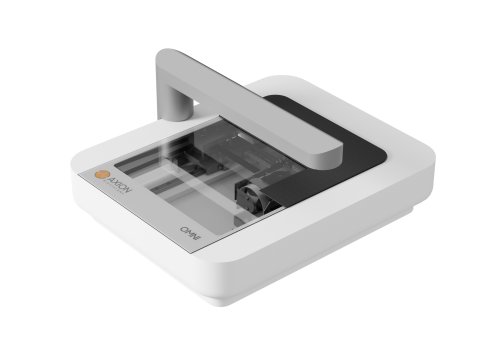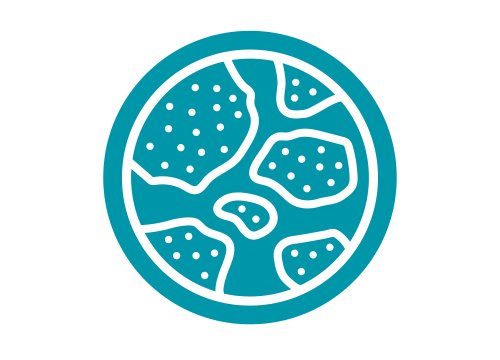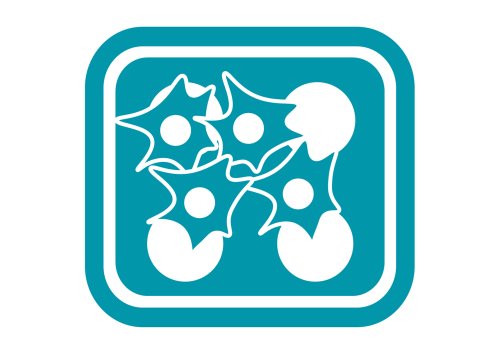What is the difference between embryoid bodies (EBs) and organoids?
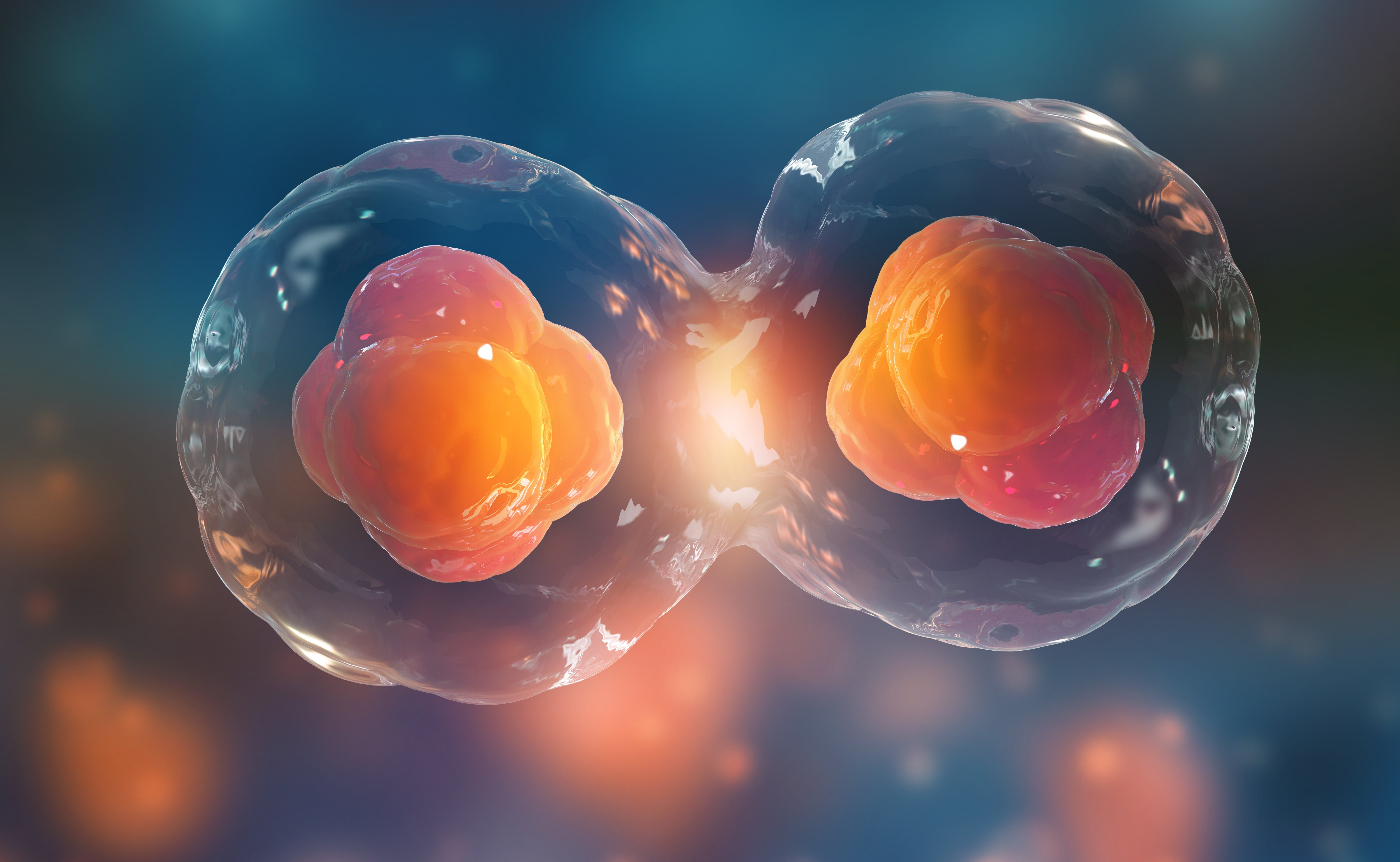
Stem cells are undifferentiated cells capable of self-renewal and pluripotency — an ability that enable them to divide and differentiate into specific cell types with specialized functions. Stem cell models are a valuable tool for investigating developmental processes, disease mechanisms, and developing therapies.
Monitoring stem cell health and growth is important for optimizing differentiation protocols and ensuring a consistent, quality starting material. Axion has the tools to track cellular behavior straight from the incubator without disruptive sampling.
Stemness: From One to Many
Pluripotent stem cells have been successfully differentiated into many different cell types including:
- Cardiomyocytes
- Hepatocytes
- Hematopoietic cells
- Myoblasts
- Neurons
- and many more
Our live-cell platforms can be used to monitor the health and consistency of your stem cells and test the functionality of the differentiated product.
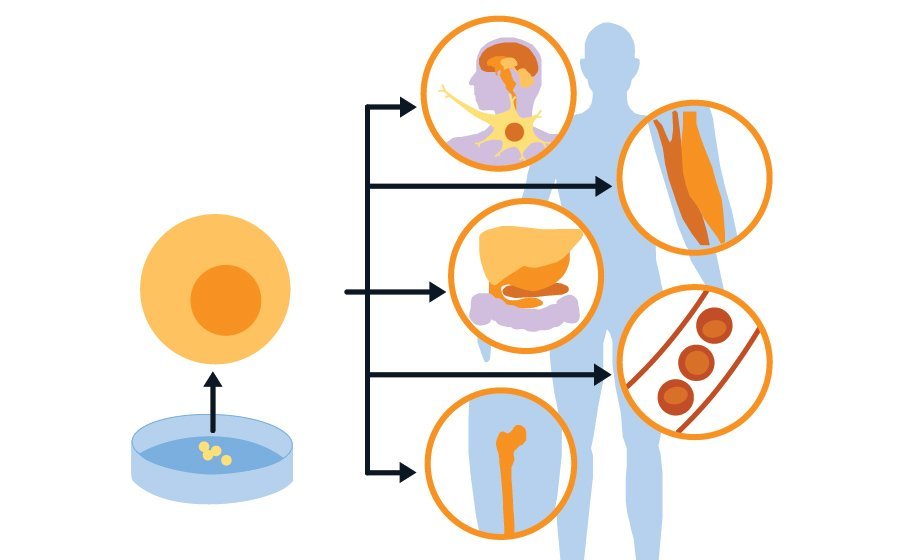
Stem Cell Monitoring and Functional Analysis
-
Monitor iPSC confluence for optimal passaging>
-
Detect pluripotency markers in stem cell cultures>
-
Track embryoid body morphology and number>
Purpose: To monitor growth of iPSC cultures. Optimal cell maintenance and expansion of stem cell cultures requires careful monitoring to passage cells at the right density.

Human iPSCs were cultured in a 6-well plate. Stem cell imaging was performed using the Omni™ platform over the course of 72 hours. The iPSC Module was used to calculate iPSC coverage, colony count, average colony area, and diameter at each time point.
Result: The Omni tracked iPSC colonies as they grew in size and the culture increased in density. By Day 3, iPSC growth was accelerating, as indicated by the rapid coverage and area increase from Day 2, nearing the time to passage.
Purpose: To detect the presence of iPSC pluripotency markers in culture. Maintaining iPSC pluripotency (or stemness) is critical for successful iPSC cultures.
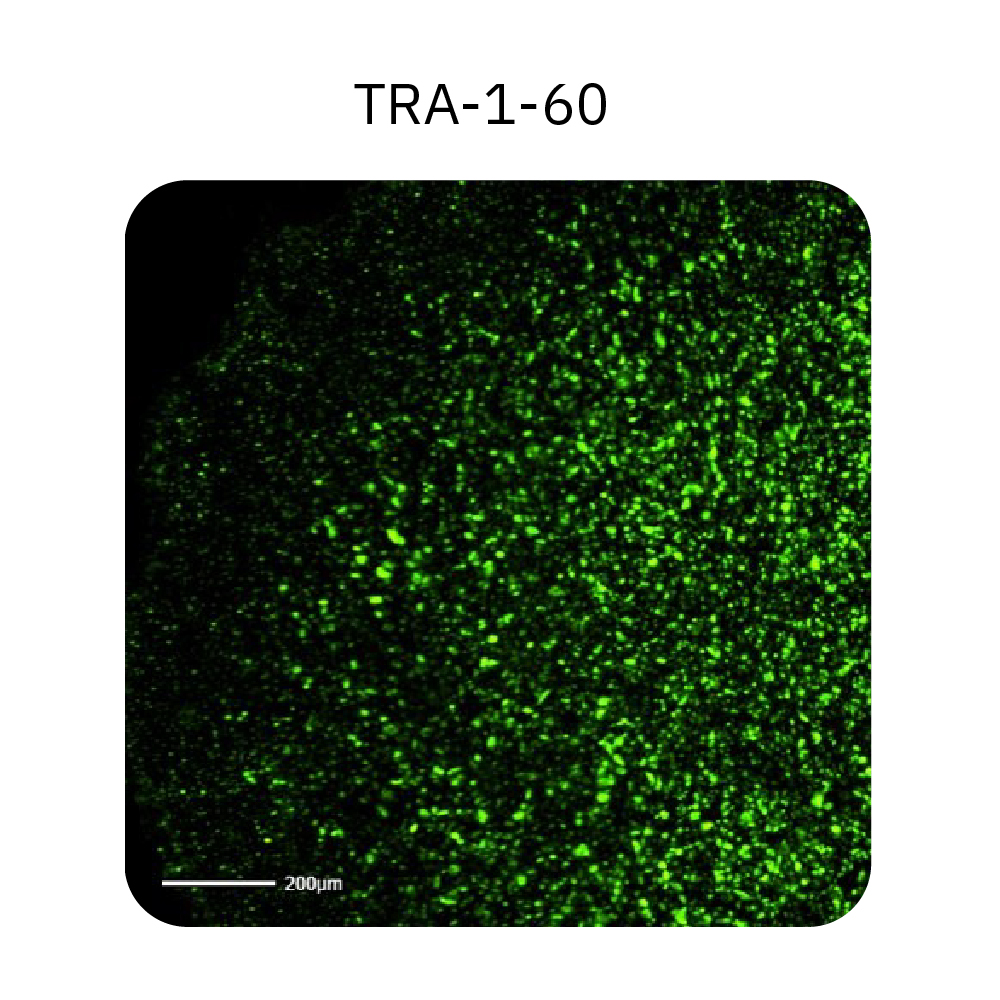
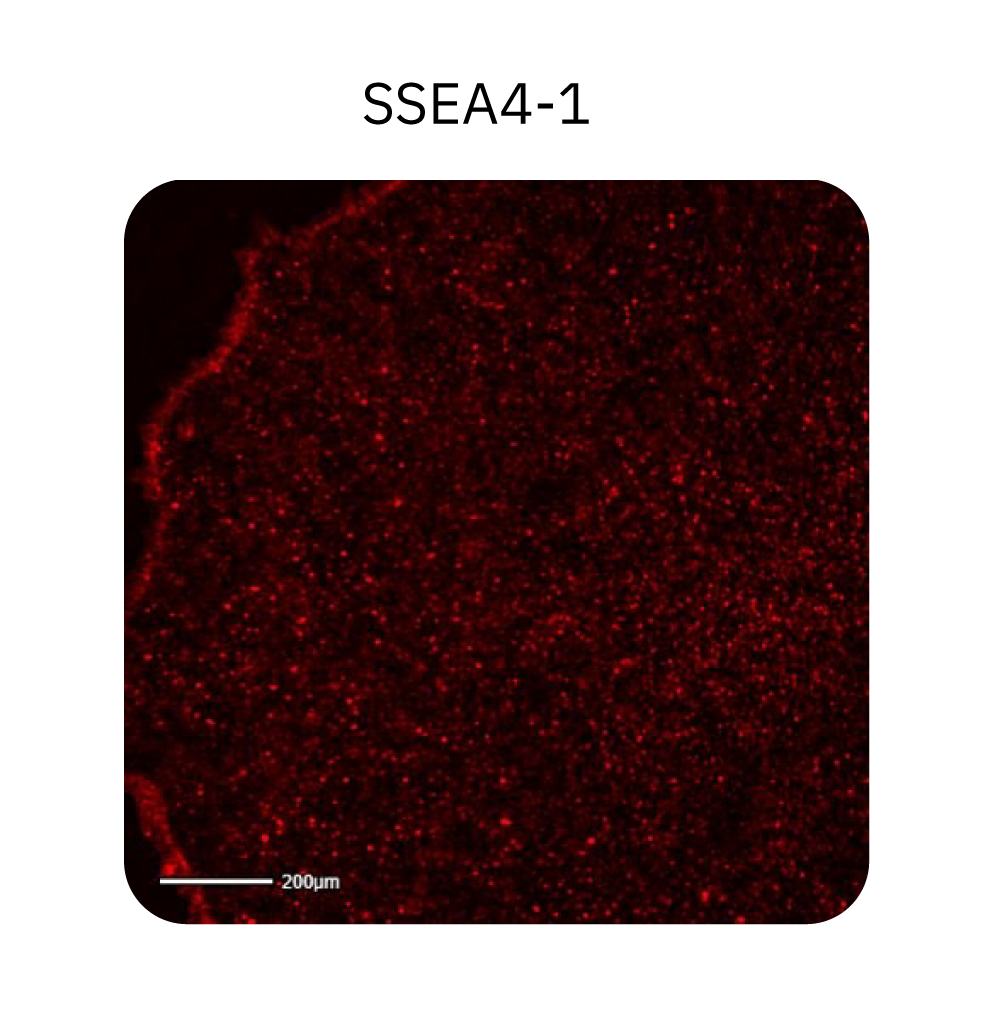
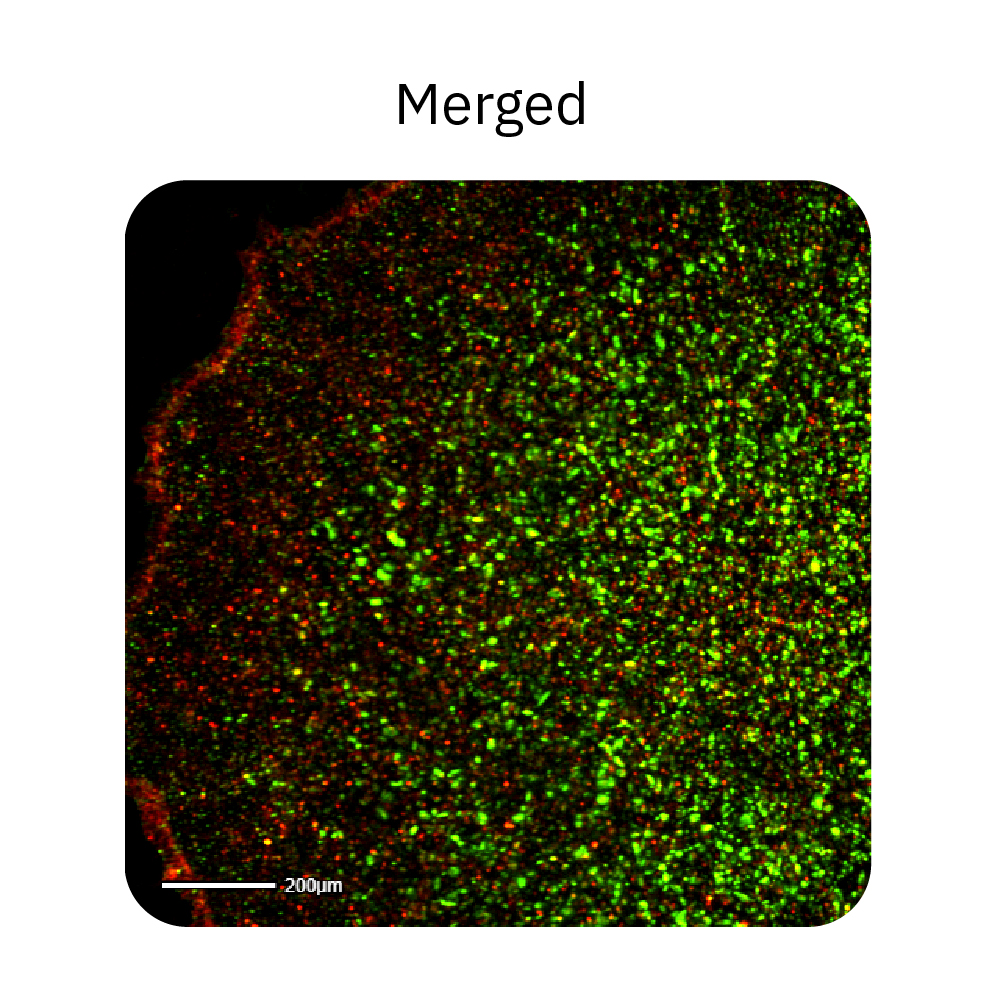
Human iPSC colonies were stained for pluripotent markers, TRA-1-60 and SSEA4-1. They were imaged at 4 days in culture with the red and green fluorescence channels on the Omni platform.
Result: Both TRA-1-60 and SSEA4-1 staining was observed throughout the colonies, indicating that the iPSCs remained in a pluripotent state.
Purpose: To analyze embryoid body (EB) populations for size, shape, and count. EBs are pluripotent stem cell (PSC) aggregates and are often used as an intermediate step during in vitro differentiation of PSCs into more specialized cell types. By tracking the size and shape of EBs, you can ensure consistent starting material going into a differentiation process.
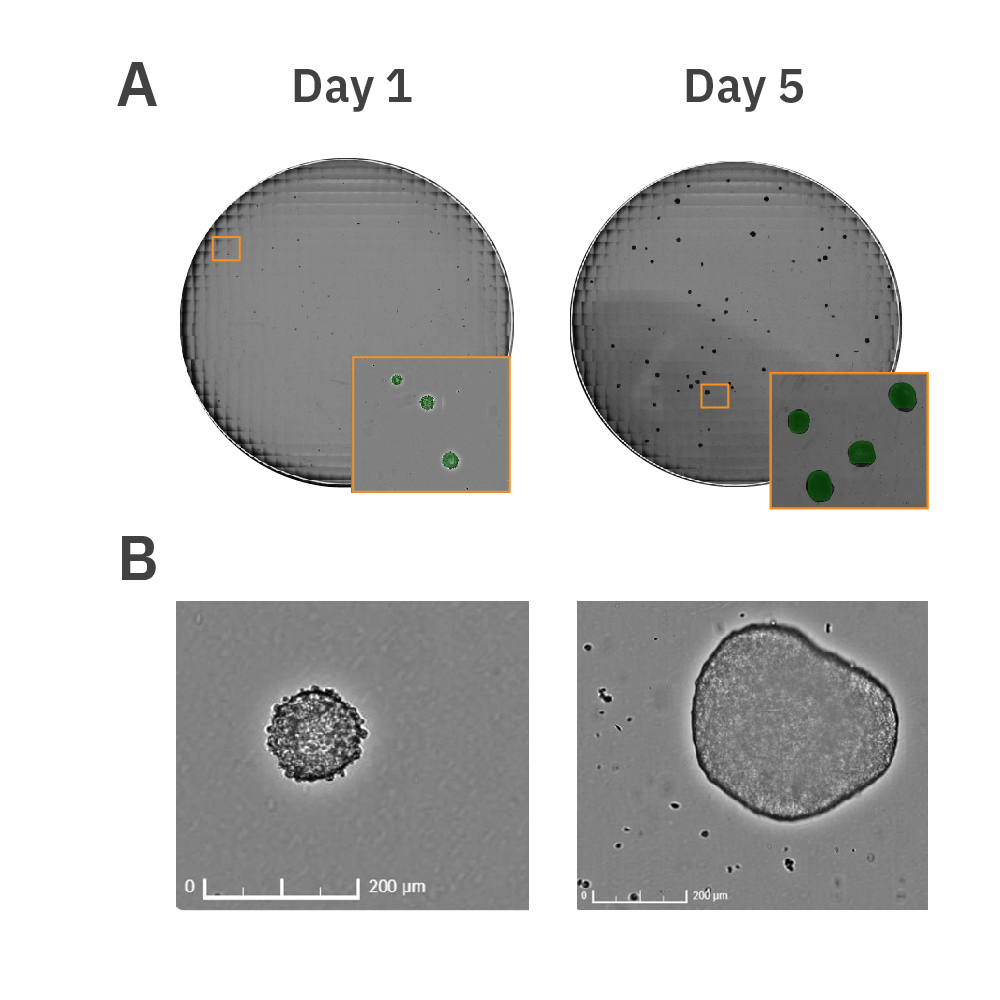
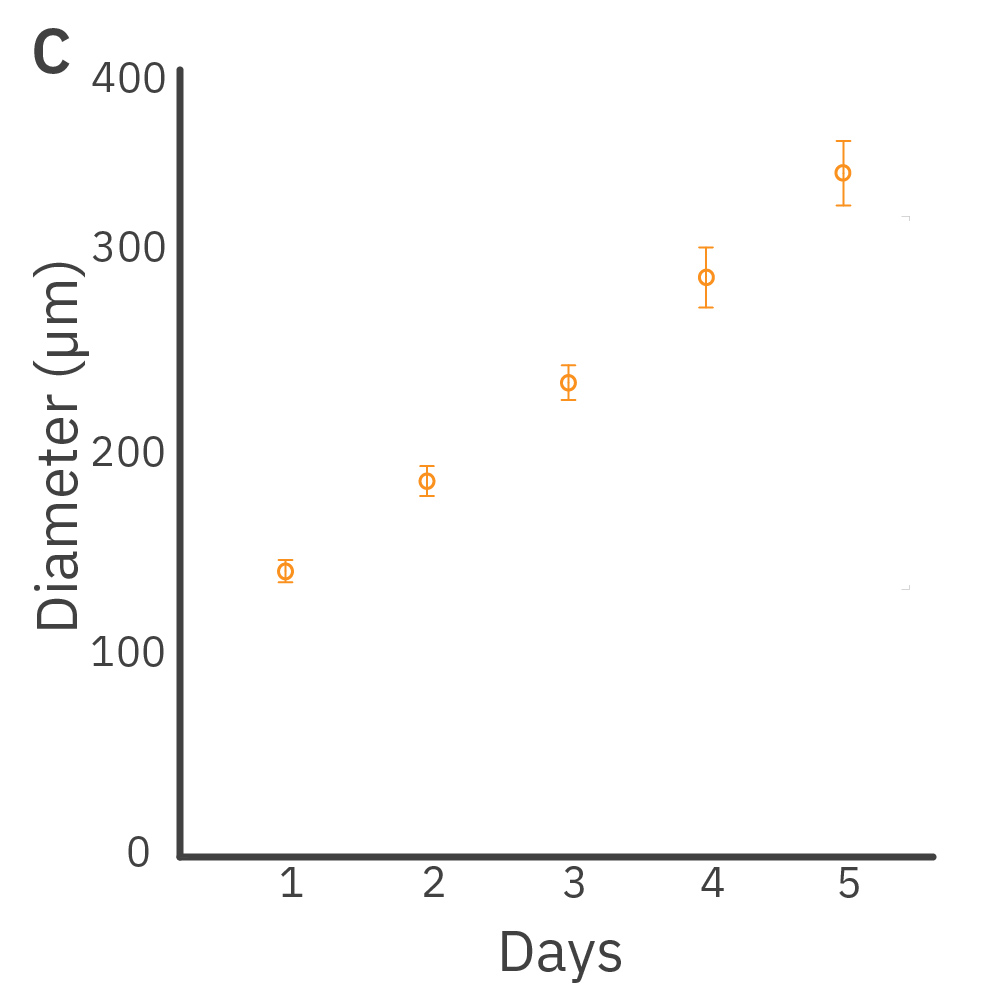
EBs were grown from human iPSCs. Whole-well scanning by the Omni platform was performed to monitor the EB formation over 5 days. The Organoid Analysis Module was used for data analysis.
Result: EB area, diameter, roundness, and count were continuously monitored by the Omni showing an increase in embryoid body size and decrease in roundness.
FAQ:
While both EBs and organoids are three-dimensional (3D) structures derived from stem cells, they possess a number of distinct characteristics. EBs are rudimentary aggregates of cells, while organoids are complex structures aiming to replicate cellular diversity, organization, and function of specific organs and tissues.
Why should I use the Omni platform to monitor my stem cells?
Live-cell imaging allows you to observe stem cell behaviors, such as differentiation, migration, and proliferation, in real time. This dynamic view is crucial for understanding the temporal aspects of stem cell biology and responses to various cues. The Omni platform is compatible with different types of cell culture incubators (e.g., CO2 incubator, hypoxia chamber) and allows you to monitor sensitive stem cell cultures in a noninvasive, label-free manner. This ensures optimal growth and expansion of your stem cell cultures, without affecting their reprogramming and differentiation capabilities.
